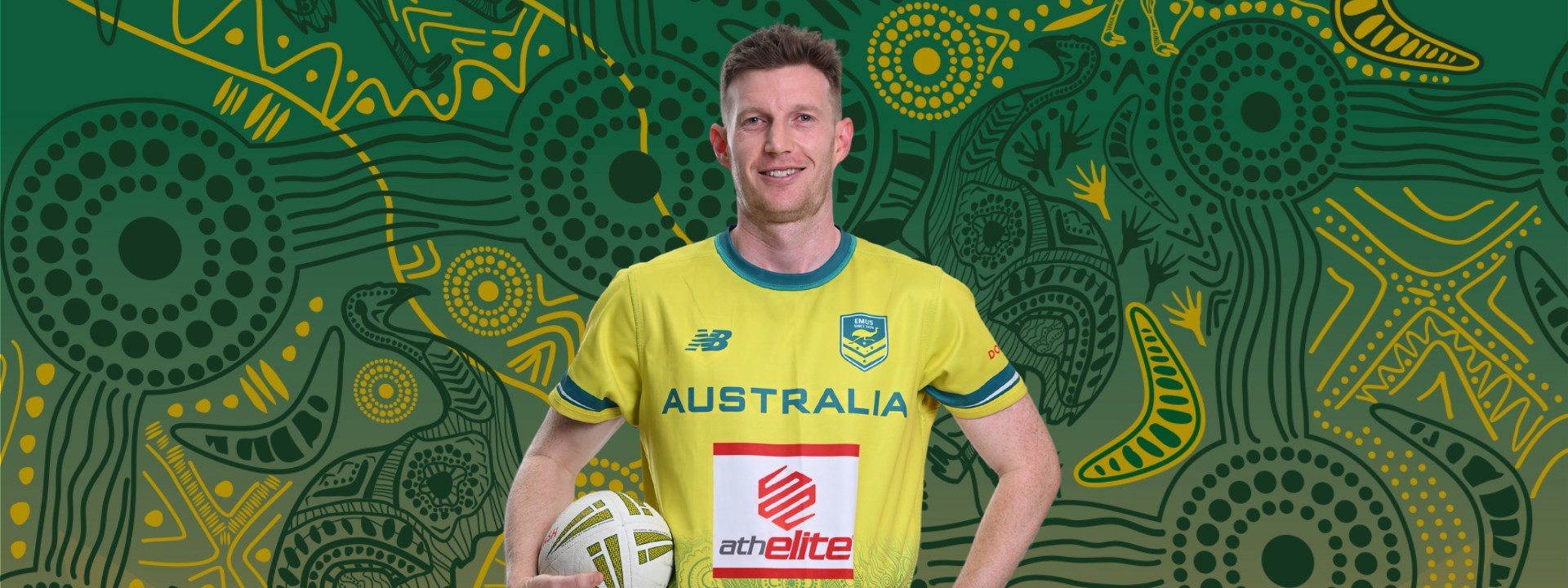
In Touch Football, wingers play a crucial role on both ends of the field. They’re responsible for making metres in the middle of the field, shutting down opposing wingers, and finishing off passages of play.
With twenty-two tries since his 2023 debut as an Athelite Australian Emu in the Men’s Open side, James Courtney has well and truly established himself as one of the top players in the position today. We reached out to James to get some tips on what it takes to be an elite-level winger in modern Touch Football.
Fitness and Speed
“This is often the most underrated, especially fitness. General team training sessions are very important for skill development, but often don’t focus on the individual aspects of cardiovascular endurance, speed, agility, and strength. It may be time-consuming, but committing to doing extra conditioning, sprinting or gym sessions – either individually or with teammates – will pay off in all areas of your game!”
Scoring
“This one all begins with good positioning. I like to set myself deep and close to my link where I can firstly read the play or pass and then execute a well-timed ‘out-line’ or ‘J-line’ to finish in the corner.
My best tip for finishing off tries in style in the corner would be to break the movement down into steps and practice. I started by watching a lot of game footage of other Touch wingers and also NRL wingers such as Dallin Watene-Zelezniak to watch their great finishes in slow motion. After watching the footage, the final step is to visualise doing it yourself and then put it into practice at training or games.”
General Gameplay
There are multiple parts to this one that are all just as important as one another, but it depends on which side of the field you are on.
Box Side: The main role here is to support your team and control sub-sets (subbing). Getting to dummy-half quickly is vital, and I like to clearly and constantly talk and guide my teammates through the first few touches while positioning myself on the outside of the player rucking. This makes passing the ball from half easier.
Far Side: The primary role as a winger here is intensity with ruck defence. Know your team’s ruck defence policy and be quick to apply pressure and get back on-side. Generally, as a winger, you will either be making touches one or three when the other team is subbing. Be strong and always make your touches in front when in the midfield. The final little one percenters here are always talking to your teammates – especially your close link and middle – and listening to what the referees are saying to relay those messages in-field and calling out the touch count.
Defending
I have saved the most important for last, and it’s the part of my game I have spent the most time working on. As a winger, you are the last line of defence and sometimes can get caught in hard, split-second decision-making situations. To make your defensive reads easier, it comes down to getting into position early – once I got my head around the infamous Jason Boyd and Phil Gyemore ‘in, up, and out’ drill, it honestly changed my whole game. You can read more about Phil Gyemore, the Australian Men’s Open coach, and his tips here.
Watching footage and studying the opposition's key playmakers is also essential. Look at individual players and their main attributes and what plays they consistently run or have success with. For example, if a player passes a certain way or if they like to run sweepers and dive. Combine both things, add practice in training and games, and you will have the perfect formula for defending some of the best attacking players in the world.





















